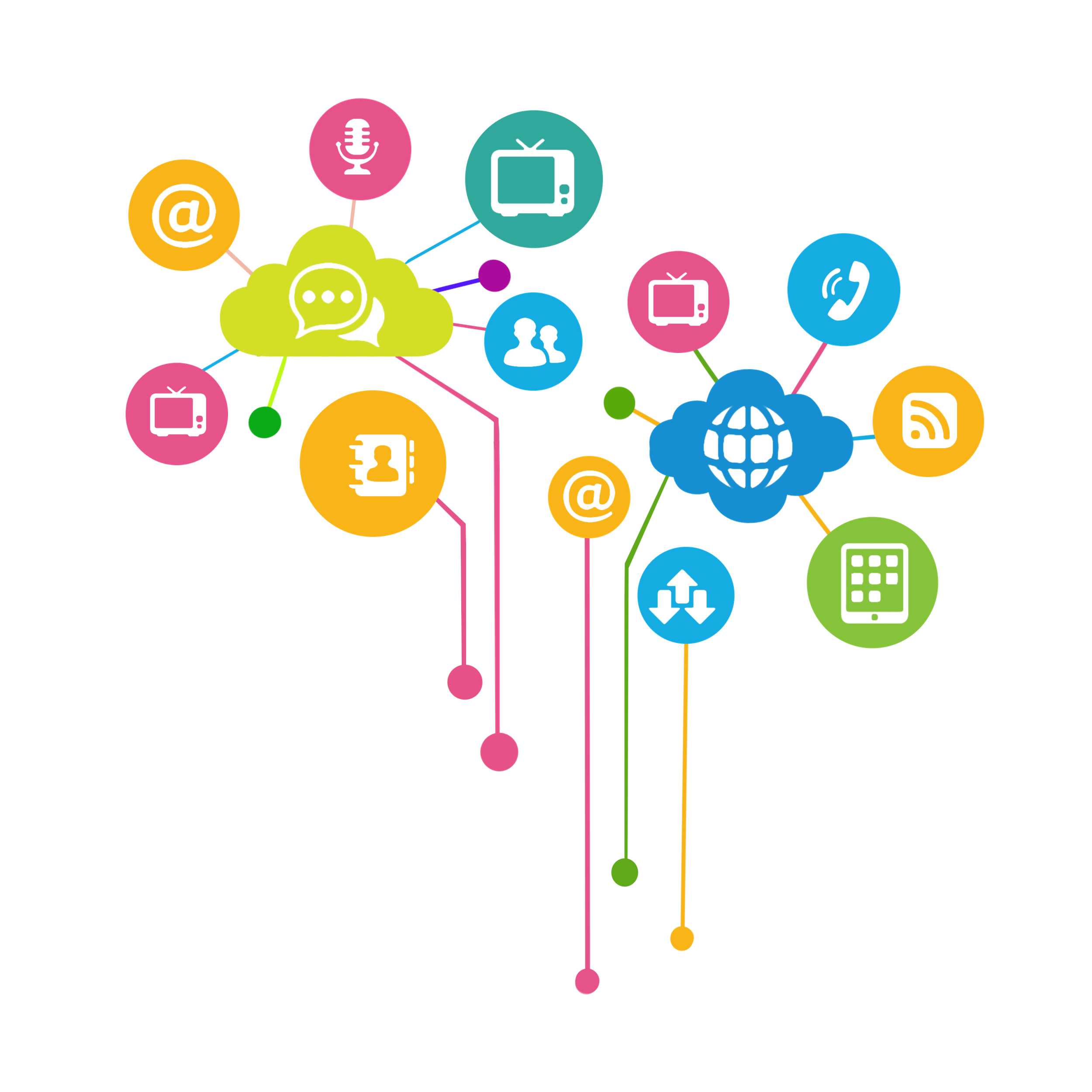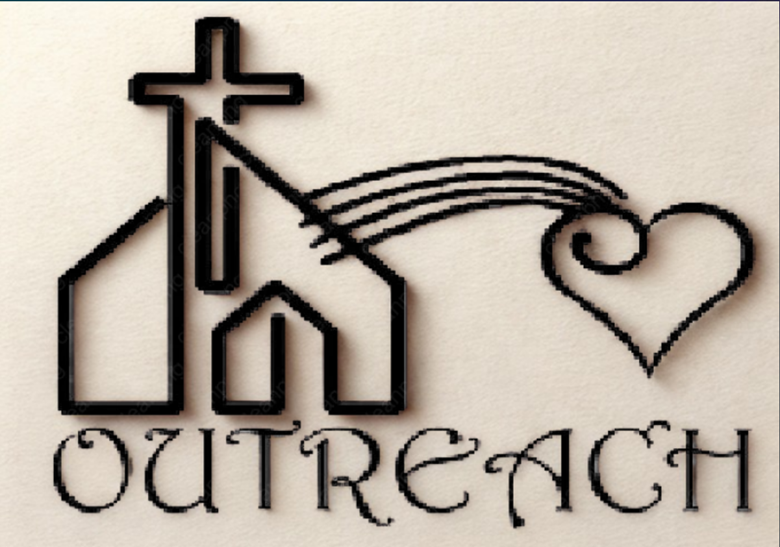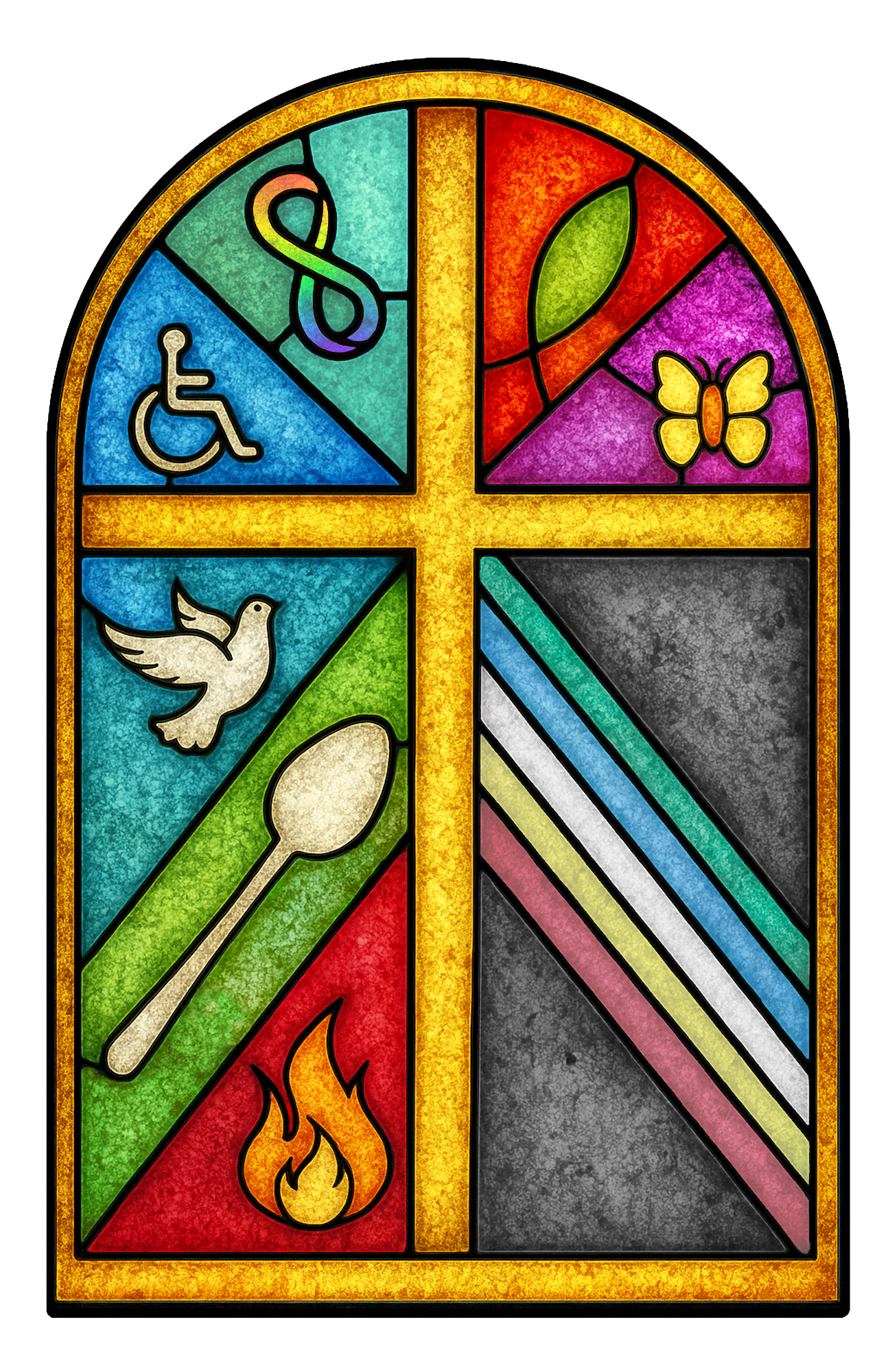Conducting Your Own Accessibility Audit
Accessibility is more than a legal standard; it’s a reflection of God’s call to create spaces of welcome, dignity, and belonging for all people.
How it Works
Reflection as a Tool for Change: Accessibility Self-Audit
Overview
Many people only think about physical accessibility, such as ramps or bathrooms. While those are important, true accessibility goes beyond the building. Communication, teaching, relationships, and theology all shape whether people can fully belong in church life.
This tool is designed to help you reflect on those areas, provide practical guidance, and spark ideas for what you can do now. It also creates a pathway for ongoing growth so that your church can continue working toward deeper inclusion and access.
This tool offers four self-audits to help your faith community look at accessibility in a more complete way.
- Communicating Welcome | Accessible Communication and Information Accessibility
- Designing Accessible Spaces | Physical and Environmental Accessibility
- Cultivating Emotional Belonging | Emotional and Relational Accessibility
- Embodying Inclusive Faith and Ministry | Faith, Theological, and Ministry Access
Directions
The self-audit tool contains four multiple-choice quizzes, one for each focus area of accessibility. After completing each quiz, you will receive a personalized guide based on your responses.
The guide will:
- Highlight areas where accessibility is already strong
- Suggest practical, achievable next steps
- Provide additional resources to support your progress
Disclaimer
This tool is intended as a practical guide to help churches begin identifying barriers and improving accessibility. It does not cover all requirements of the Americans with Disabilities Act (ADA) or other accessibility laws. Using this tool does not guarantee legal compliance or protection under the ADA. For full compliance guidance, organizations should consult the ADA and qualified accessibility professionals.
How Accessible is Your Faith Community?

Communicating
Welcome
Communication & Information
Accessibility
As God’s Word took on flesh and dwelt among us, so too our communication should take form in ways that welcome and include. This self-audit invites you to reflect on how your words, announcements, and materials embody God’s welcome.
This Tool Explores:
- Review the Basics
- Print Materials
(bulletins, flyers, handouts) - Digital Communications (websites, emails, social media)
- Real-Time Communication
- Telephone Communication
- Emergency & Critical Information Communication

Creating
Accessible Spaces
Physical & Environmental Accessibility
God meets us in ordinary places—doorways, hallways, sanctuaries, and fellowship halls—and calls us to make those spaces holy by making them open. This self-audit helps your community see accessibility as a form of worship, ensuring that every path and seat reflects the welcome of Christ.
This Tool Explores:
- Entrances & Pathways
- Seating
- Restrooms
- Signage & Wayfinding
- Lighting
- Parking
- Emergency Preparedness

Cultivating
Emotional Belonging
Emotional & Relational Accessibility
As the Spirit binds us together in love, we are called to bear one another’s burdens with kindness and care. This self-audit invites reflection on how your church’s relationships, language, and responses reflect Christ’s compassion and create true belonging.
This Tool Explores:
- Respectful Communication
- Providing Choice & Autonomy
- Ensuring Privacy & Confidentiality
- Creating Sensory-Friendly & Trauma-Informed Environments
- Training Leaders & Volunteers
- Clear Policies for Accountability & Non-Discrimination
- Creating a Spiritually Welcoming Community

Embodying
Inclusive Faith & Ministry
Faith, Theological, & Ministry Accessibility
The Gospel calls us to see the image of God in every body and mind. This self-audit invites you to examine how your worship, leadership, and teaching reflect that truth—shaping a faith community where justice, access, and love are lived out in every ministry.
This Tool Explores:
- Inclusive language in preaching, teaching, and worship
- Seeing all people as created in the image of God
- Moving from charity to justice in theology and practice
- Representation of disability in Scripture and liturgy
- Building a disability-inclusive vision of community
- Training leaders in disability theology and access
- Creating accessible worship and sacraments
- Inclusive education, programs, and activities
- Shared leadership and service among all members
- Equitable outreach and community engagement
- Using accessible technology and communication tools
You’ve Completed the Self-Audits, Now What?
Create your Accessibility Improvement Plan!
